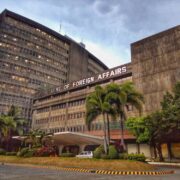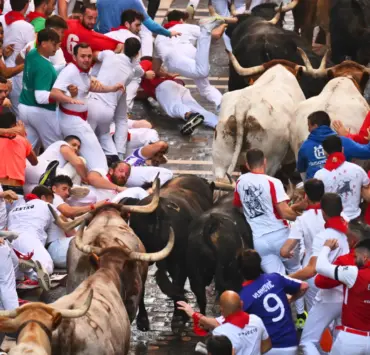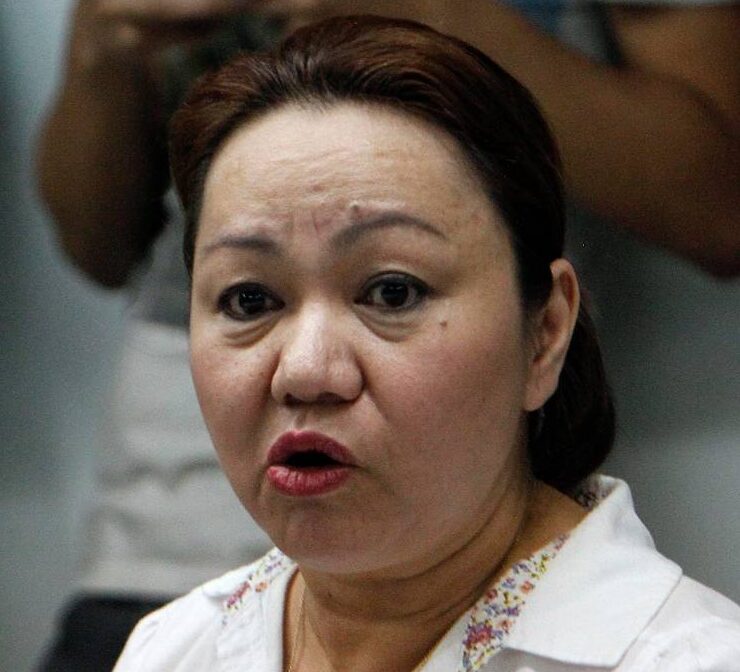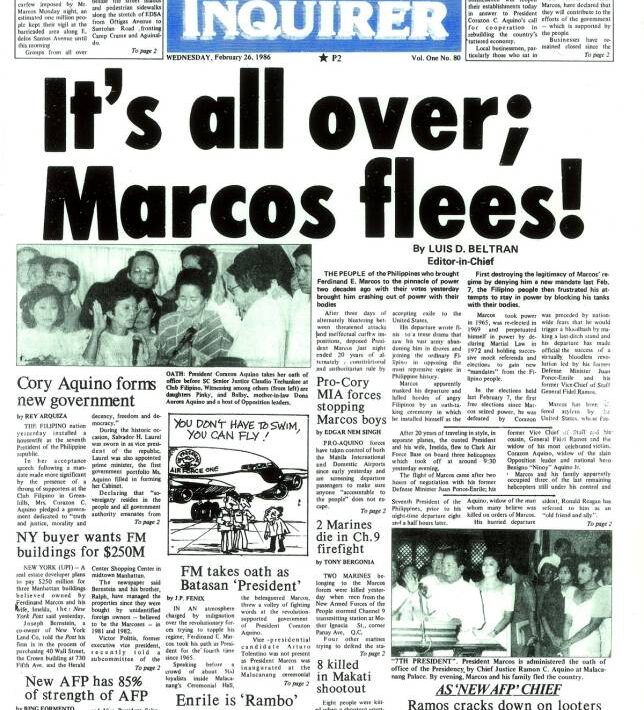In Leyte, repainting of shrine for ‘Yolanda’ victims draws flak
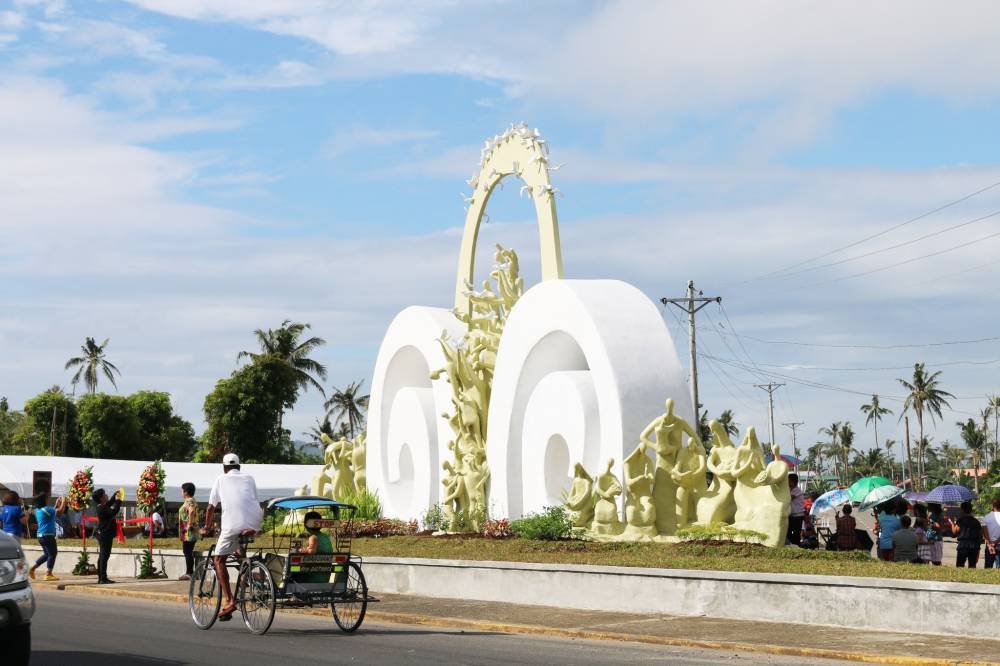
TACLOBAN CITY—The recent repainting of the “Surge of Hope,” the memorial erected in Tanauan town of Leyte for those who perished during the floods spawned by Supertyphoon “Yolanda” (international name: Haiyan) in 2013, has triggered widespread backlash online.
For most netizens who have been on social media posts the repainted Yolanda Memorial—from its original beige tone to multiple colors of blue, red, yellow and green—the new look was a “tone-deaf transformation” of a sacred site meant to honor the lives lost during the flood.
Total disgrace
The memorial, unveiled in April 2015, sits on top of a mass grave in Barangay Calogcog, where over 300 unidentified victims of the typhoon are buried. The original subdued color was given fresh coats of bright paints on July 6, prompting strong emotional reactions across social media.
“This looks like a children’s playground. The color, I mean,” wrote one commenter.
“With respect to those who perished and the artist, get it back to its original form,” said another.
One user called the change a “total disgrace,” saying it disfigured the purpose and dignity of the memorial.
New meaning
A viral post added to the growing discontent, stating: “I just want to share how I feel about the decision to paint the Yolanda statue in Tanauan. It just bothers me a lot. Putting bright colors on it takes away its real meaning. The statue was made to remember those who lost their lives and those who survived Typhoon Yolanda. It stands on the mass grave in Tanauan, where many of our loved ones were laid to rest. That place is sacred and should be treated with respect.”
The writer said the colorful repainting made the memorial appear more like a festival installation than a place of mourning and reflection.
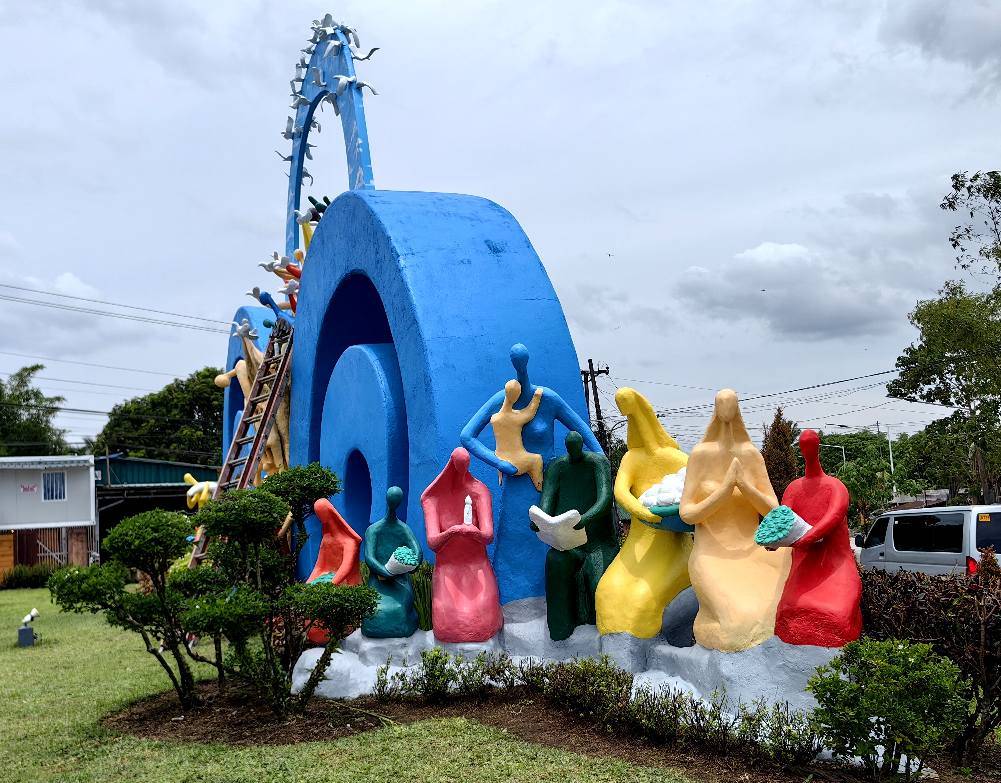
Eugene Ramos, head of the General Services Office of the Tanauan municipal government, responded to the criticism by explaining the repainting process and its intended meaning.
“The repainting took about seven days. Originally, it was beige, but someone suggested a color change. I asked around and received all positive feedback,” Ramos said in Waray and Filipino.
“The idea was to make the memorial look more alive, symbolizing that the victims continue to live in the hearts of those they left behind.”
Original intent
Ramos said there was no intention to make the site appear festive or disrespectful. He attributed the backlash to differing interpretations.
“Maybe people just see it differently. In fact, there are cemeteries with colorful tombs,” he added, pointing out that color does not always detract from solemnity in local cultural practices.
Created by Mindanaoan artist Rey Mudjahid “Kublai” Millan, the “Surge of Hope” monument was supposed to stand as a powerful symbol of grief, survival and community resilience.
The centerpiece features a large sculpture of a parent cradling a child, surrounded by abstract human figures—some representing aid workers; others, survivors clinging to one another.
Two spiral-shaped columns, each 4-meter (14-feet) high, flank the structure, symbolizing the height of the storm surge that devastated Tanauan on Nov. 8, 2013, leaving 1,384 dead in the town alone. At the center, human forms release a flock of birds into the sky under a rainbow, evoking hope after tragedy.
The names of the deceased are inscribed in a glass panel mounted on an artificial waterfall near the base of the statue, making the site both a work of art and a sacred resting place.
The project was funded by Smart Communications and Granix Distributions Inc. of Procter and Gamble and has since served as a venue for annual commemorations and quiet reflection for families of the victims.




